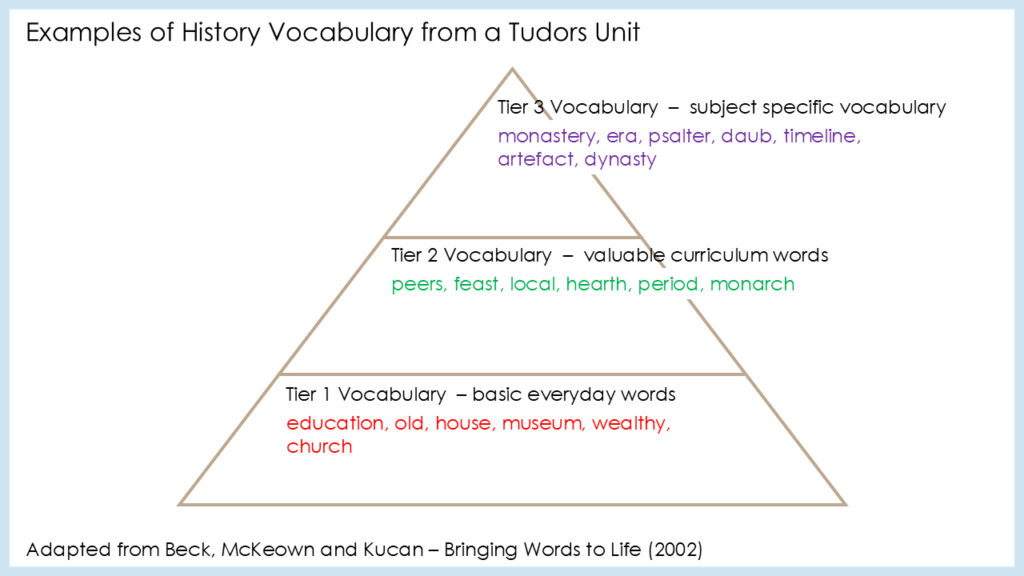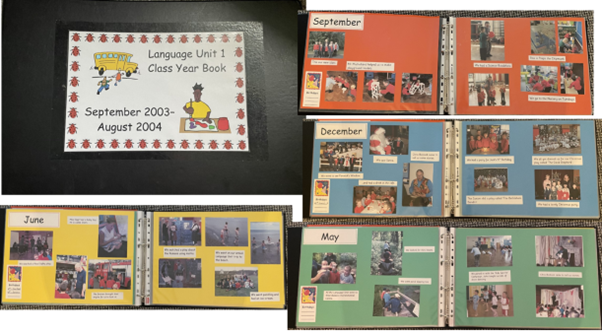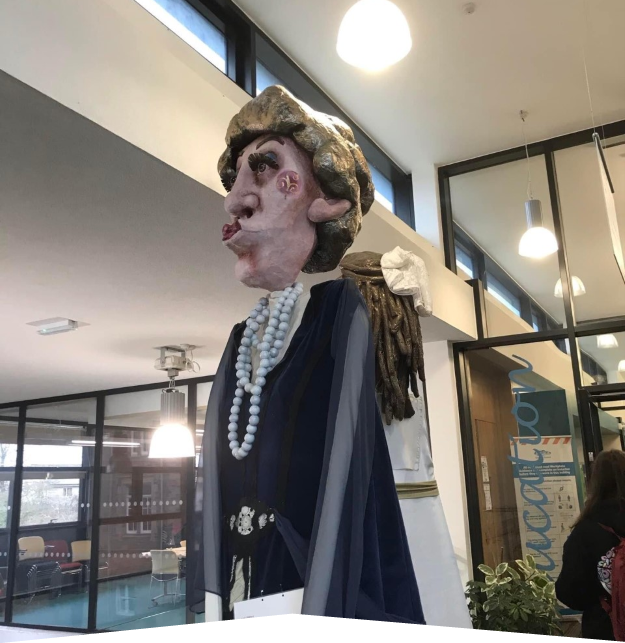Sue Temple, Senior Lecturer in Primary History, Quality Mark Assessor for the Historical Association, member of the HA primary committee 2006-2023, regular contributor to Primary History, previously a teacher in a Pupil Referral Unit and Early Years teacher as well as general primary.
The wide range of vocabulary which might be new to your pupils and/or have specific meanings in history lessons can give rise to issues for EAL children and also some SEND children. It is therefore really important that you take a whole school approach to this issue. As Alex Quigley explains, “when …children are faced with non-fiction texts, perhaps a history source, or a science worksheet, they are too often left without years of genre and background knowledge required to understand the text. It is no surprise then that many children make good progress with reading up until about year 5, but then many disadvantaged children can struggle as they face reading more challenging texts.” (Closing the Vocabulary Gap 2018) Hart and Risley, in the 1990s but I doubt the principle has changed much, did a study that found professional parents spoke 32 million more words to their children than parents in welfare families. This goes some way to explaining the language gap at age 3 and the reading gap aged 10. The ability to switch between the language of the playground and home and the more formal ‘code’ of school and academia is crucial to how well a child will go on to do academically.
The influential psychologist Daniel Willingham comments, “Students can’t learn everything, so what should they know? Cognitive science leads to the rather obvious conclusion that students must learn the concepts that come up again and again – the unifying ideas of each discipline.”[i] I would argue that in order to truly understand these concepts they need to have the appropriate words and vocabulary, with lots of examples, at their fingertips. This is true of a discipline like history as much as it is of science or mathematics.
One way of thinking about this is to divide vocabulary into three tiers – tier one is basic everyday vocabulary, tier two is useful curriculum words and tier three are the words that might only be used in that specific context, in this example below, as part of a Year 3 Tudors unit.

Tier 3 vocabulary is at the heart of understanding more complex activities and concepts, for example, democracy/civilisation/empire – and this can’t be left to chance. We need to identify these words and specifically teach this vocabulary. They might be identified on planning and/or Knowledge Organisers.
Understanding the roots of words can also help children to build up a visual image – this mental image helps children to remember these. Children with biggest deficit make the greatest gains when taught these. For example the word dinosaur can be broken down into two roots – saur which means scary and dino which means lizard, dinosaur = scary lizard! Children like finding this kind of thing out and it helps to make them feel clever.
We need to plan vocabulary progression explicitly:
In our general classroom talk, in our planning and in our explanations. BUT It works best if this is planned throughout the school – so lists of words linked to suitable units of work but then check for progression and recap.
Think about your ‘Golden Threads’ – Civilisation, democracy, Empire, power, government, migration, trade, public health etc and the Historical terms children will need to understand – interpretation, significance, enquiry, evidence, sources, cause and consequence, similarity and difference, chronology, change and continuity etc as well as the vocabulary related to each specific unit taught.
Over 90% of the vocabulary in academic school texts has Greek or Latin origins. Therefore, teaching etymology (the history or origin of a word) has positive benefits for learning and helping your children crack the code of academic language – and we can make this fun! For example in Greek ‘potamus’ means river and ‘hippos’ means horse so hippopotamus becomes a river horse. If you teach the children the basic root for example ‘chronos’ means time and this will help them to work out a whole range of academic words they may need to decipher -chronology, synchronous, asynchronous, chronicle, chronic, chronological, chronicling, chronograph, chronometry. The theory being that if we introduce children to words carefully ensuring they understand how roots of words work, they can work out even more words from their families. These will be especially useful in their secondary education in exam situations for example. This could be part of your Greeks unit of work or included in your English syllabus.
Another way to approach exploring the origins of words is through place names. I use a laminated A3 map of the local area and give the children whiteboard markers and a list like the one below to find as many of these as they can. Using a different colour they could then look for Roman or Anglo Saxon place names , as appropriate.

Time Vocabulary for EYFS
The language of time for EYFS and beyond – today/tomorrow/yesterday/last week/last month/annually/calendar/month/monthly etc are much more difficult for children to grasp. It is much easier to teach more concrete words such as table, hand etc or even colours as you can show many examples. I devised this A3 sized folder with the Speech and Language Therapist I worked with to teach the children in our Language Unit Pupil Referral Unit these words and concepts. There is the immediate difficulty with start of the academic year – different to calendar year. Colours represent seasons, birthday box for staff and children. We photographed anything a bit different – visits, visitors, making pancakes etc and stuck it in here.

It does have to be for that group of children though – some schools have photograph albums in their porch or entrance – this won’t work for vocabulary development – the children must have these experiences for themselves. We got this out 2/3 times a week during ‘storytime’ and went through it, repetition of the vocabulary is really important.
You do need to include August for the birthdays as well as to complete the year, and a final photograph of all the children and staff, with their names. This will become an artefact or historical document in itself then – get it out again when those children reach Year 6 and are leaving!
Fiction and Non Fiction Books
Many schools identify good texts which support children’s understanding of a particular era – but how many go through the texts to identify words which link to your vocabulary lists – and those that do not? Hearing and reading stories is an excellent way to develop vocabulary but those unusual and new words still need to be identified and explicitly taught to your word poor and EAL children. We should be identifying good non-fiction texts too for the same reasons and opportunities
Role Play areas
If we are trying to provide children with lots of opportunities for talk then consider reintroducing role play areas. These seem to have fallen out of favour more recently but with the drive towards more oracy then they are definitely worth thinking about – in Key Stage 2 as well as Key Stage 1 and EYFS.
End of Unit Presentations and Displays
Think about how you are going to encourage your children to present their knowledge and understanding at the end of the Unit. Not just for assessment purposes but to practice their oral and presentation skills too. For example, children at a Primary School I visited researched significant individuals from the Victorian era they were studying and then had a ‘living museum’ for parents and visitors. The children dressed up as the individuals and told visitors all about ‘their’ lives.

The puppet above was one of several made by children at a local Primary School as part of a project with their local archives. The children used these puppets to tell the story of Lady Guilford and her daughter who lived in the original part of the Archive Centre building. The play they presented at the end didn’t have a set script as such, the children knew what information needed to be expressed and they responded to the others. This worked really well.
So, do the majority of children really need radically different approaches? Some children in your classes will need a higher level of support but many of “These pupils need more time to think, talk, explore and consider, and some support to get to the same points as ‘mainstream’ children…it should be about giving the children good historical experiences and activities that make them think, helping them to make sense of their thoughts and feelings and then using writing frames to support them, as they record these accurately, before they lose their train of thought.” Sue Temple – Developing Interpretations of the past in Writing History 7-11 (2014)
[i] D Willingham, Making Knowledge Stick
